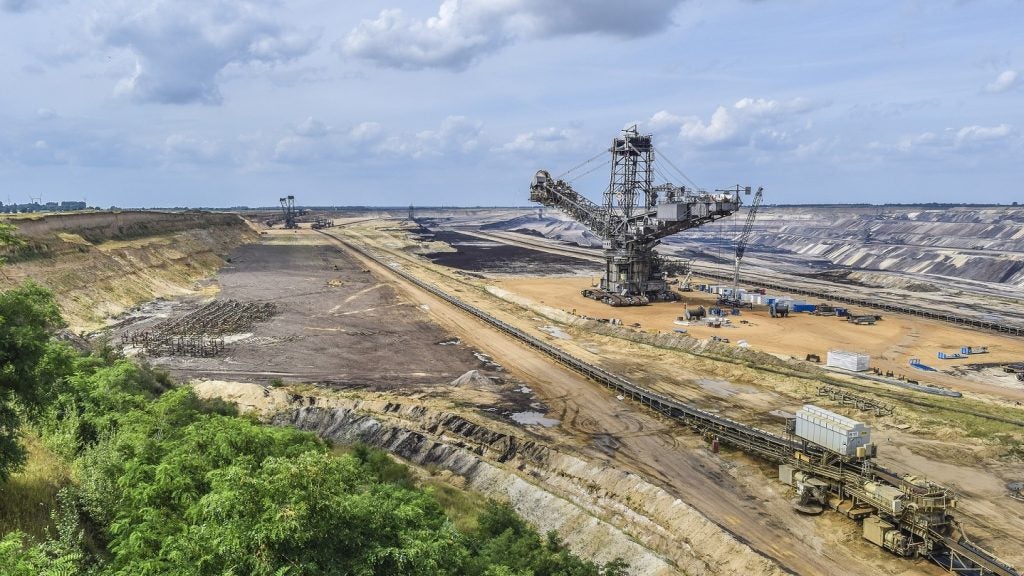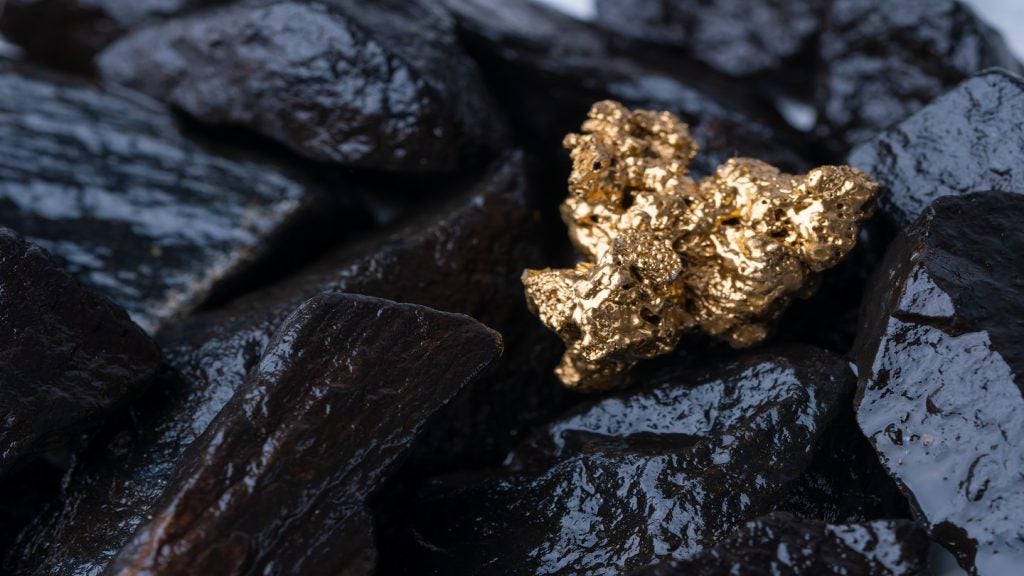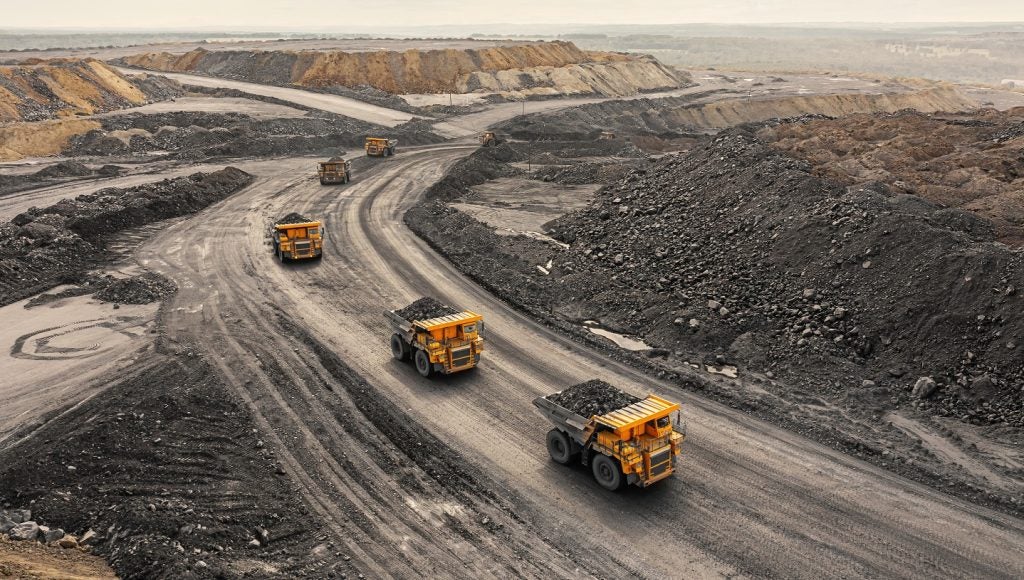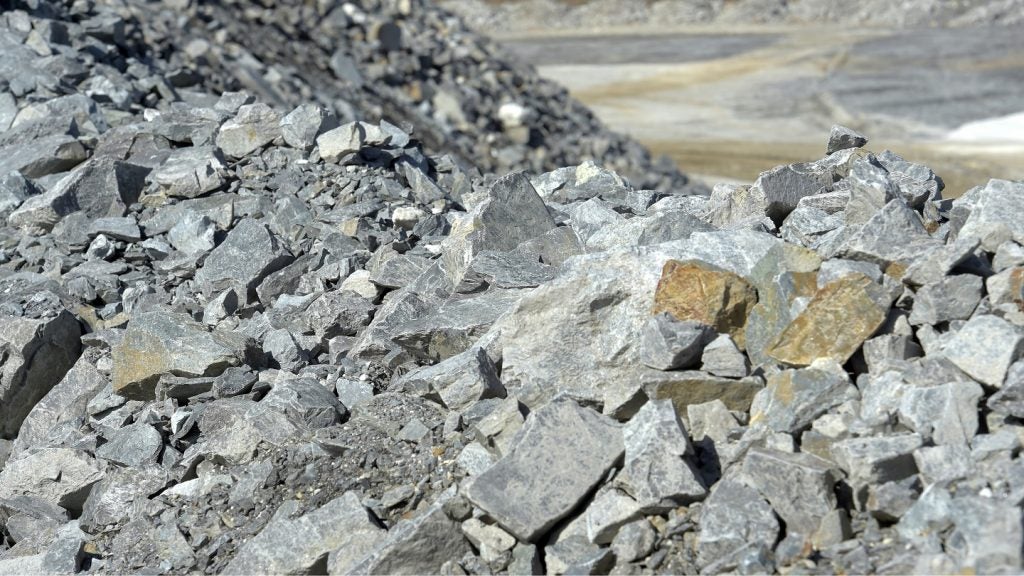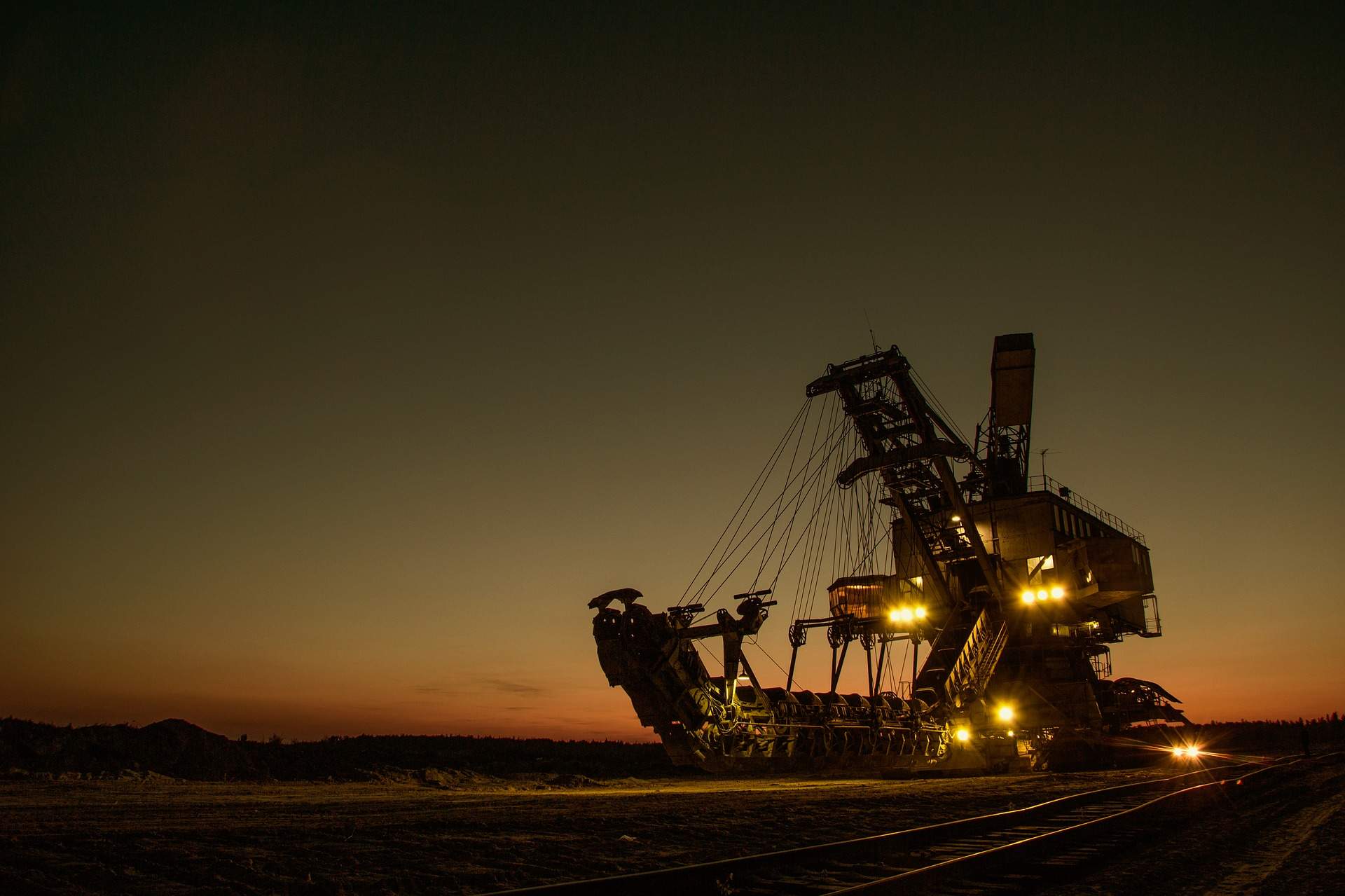
Last year will go down as the fourth consecutive year that mineral exploration spending fell, with the collective budget for non-ferrous exploration falling to $6.89bn, a 21% drop on 2015 spending, according to data from S&P Global Market Intelligence. This is echoed in wider industry figures; analysis by Australia-based MinEx Consulting puts total industry investment in exploration for 2016 at around $10bn, the lowest level since 2005 and less than a third of the spending at the industry’s previous peak in 2012.
However, while 2016 might represent a low point in terms of the raw numbers, it is also increasingly recognised as the year in which the mining commodities markets began to show cautious signs of recovery.
“There is absolutely no doubt that markets are at a turning point,” said Citigroup head of commodities research Ed Morse late last year in his annual commodities outlook, a reversal of the investment bank’s previously pessimistic take on commodities. “We believe that momentum is going to carry through and generate even greater returns for investors in the year ahead.”
Indeed, it seems that while the green shoots in the commodities markets came too late to make much difference to exploration activity last year, mining companies took advantage of improved market conditions from mid-2016 and spent more liberally in 2017. An industry bounce-back appears to be on the cards.
“We are coming out of the bottom of the cycle,” MinEx managing director Richard Schodde told Bloomberg in March. “I actually see the opportunity for the exploration sector to regain its mojo and quickly deliver a pipeline of good discoveries,” Schodde said in a response to questions by e-mail. “It’s catch-up time for the industry.”
Encouraging signs from exploration in 2017
Signs are encouraging that the mining industry’s exploration purse-strings are starting to loosen after nearly five years of downturn.
How well do you really know your competitors?
Access the most comprehensive Company Profiles on the market, powered by GlobalData. Save hours of research. Gain competitive edge.

Thank you!
Your download email will arrive shortly
Not ready to buy yet? Download a free sample
We are confident about the unique quality of our Company Profiles. However, we want you to make the most beneficial decision for your business, so we offer a free sample that you can download by submitting the below form
By GlobalDataS&P Global Market Intelligence’s latest Corporate Exploration Strategies (CES) report gathered information from 3,500 mining and exploration companies globally – more than 1,500 of which had exploration budgets for 2017 – and found that the total exploration budget for non-ferrous mining was $7.95bn, more than 14% up on 2016.
Projections currently put the industry’s overall exploration spend on a gentle near-term growth curve, with MinEx anticipating an industry-wide exploration budget of more than $18bn by 2025.
The more positive outlook from exploration in 2017 reflects a number of factors that are contributing to the mining industry’s gradual revival. Clearly there are many years ahead before companies resume spending to match 2012 levels, when more than $30bn was budgeted for exploration across the sector, throwing finance at even marginal projects. But the market seems to have hit the bottom of the commodity cycle last year, and the balance now looks likely to tip in favour of steady, if unspectacular, expansion.
Commodity performance stokes confidence and unlocks financing
What are the main drivers of this trend? Unsurprisingly, solid global economic growth and the strong price performance of many metals through the second half of 2016 and into 2017 underpins the industry’s higher spending on exploration.
Gold, exploration budgets for which are up 22% year-on-year in 2017, rose by just 7% in 2016, having suffered a retreat in the second half of the year, but a sustained rally this year has seen it lead the charge in mining exploration projects. S&P data also suggests that improved zinc prices since early 2016 (up 61%) have prompted a 29% increase in zinc mining budgets to $489m for 2017. Other strong-performing mining commodities in 2016 include rallying iron ore (up 79% in 2016), thermal coal (68%) and copper (17%).
Analysts, meanwhile, are optimistic about heightened industrial metal prices sustaining for the time being. “Mining equities and industrial metal prices will remain resilient in the next three to six months due to the lagged positive effect of Chinese infrastructure projects,” noted a BMI Research report published in August.
Stronger fundamentals have improved access to financing for exploration-oriented junior miners, especially for gold projects. Major mining companies might still represent the lion’s share of exploration spending (54% of the global budget in 2017), but junior explorers have recorded the fastest total budget growth for this year, at 23% year-on-year.
A panel of financiers at the Prospectors and Developers Association of Canada (PDAC) conference in March agreed that exploration companies could look forward to more financing options in 2017. PDAC data shows that the $1.1bn in exploration funds raised in Canada last year represents a 74% increase on 2015.
“The mining industry is in a far better state,” said Scotia Capital’s head of global metals and mining Peter Collibee at the event, as reported by the Financial Post. “Most of the commodities are financeable at the moment.”
Geographically, the CES report notes that Latin America remains the most attractive region for exploration investment, with $2.4bn to be spent there by the end of the year (a 20% year-on-year increase). While Canada, Australia and the US continue to be the top countries for exploration, half of the top ten consists of South American countries such as Chile, Peru, Mexico and Argentina.
Industry remains highly risk-averse
There is little doubt that confidence has been buoyed by the strong signals and encouraging commodity price performances of the last year, but a recovery as tentative as this one has limits in terms of its effect on the industry’s willingness to splash out on exploration projects.
This circumspection is reflected in the types of exploration projects that are currently getting the go-ahead. According to the CES report, 37% of the global exploration budget is now composed of mine site exploration – projects that seek to tap new resources on current mining sites. The share of mine site exploration is now higher than late-stage (36%) and ‘blind’ grassroots projects (27%) for the first time since the CES was launched in 1989.
“Although improved market sentiment over the past 18 months seems to have slowed the decline in grassroots’ share of budgets in 2017, another year of increase in the mine site share reflects a near-term focus by many producers, as well as a persisting climate of risk aversion,” said S&P associate director of research for metals and mining Mark Ferguson in October.
As an example, in a March note to investors, mid-tier Canadian gold mining company Golden Star Resources, which has two operations in Ghana, announced that its exploration focus for 2017 would be entirely based on expanding existing projects rather than searching for new ones.
“During 2016, our focus was on delivering our two underground development projects, but I am pleased that we are now in a position to turn part of our focus back to exploration,” said Golden Star Resources president and CEO Sam Coetzer. “I believe strongly that our assets present an exploration upside opportunity, with both Wassa Underground and Prestea Underground having the potential to expand production on an annual basis and extend their mine lives beyond the current seven and five years respectively.”
A heavy emphasis on controlling costs and mitigating risk is understandable, and concentrating exploration efforts at or near existing mines is a sensible way to achieve that. It’s also a sensible way to move forward as the mining sector continues to find its footing after five years of freefall.
Despite the positive signals and growing confidence in the industry, the fact remains that Tier 1 discoveries (worth more than $1bn) are scarcer in the 21st century than they were in the 20th. A run of major, high-profile discoveries may be just what’s needed to further boost confidence, but in the absence of those, a slow and steady expansion that doesn’t leave miners over-extended in a volatile marketplace is likely to be the smartest way forward.



